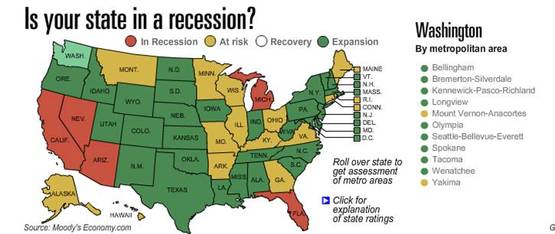Home buyers using FHA to finance the purchase of their home can get help from family members towards the down payment and closing costs in the form of a gift. NOTE: With the passage of HR 3221, parents will actually be able to contribute towards the down payment and closing costs as a loan instead of a gift (more info to follow–this is not in effect until October 1, 2008).
Both FHA and conventional mortgages allow for gift funds; they have different requirements. Part 2 of this post will address gifts when conventional financing is involved.
FHA Gift Requirements…create a paper trail.
HUD wants to make absolutely sure that gift funds are NOT from the seller, real estate agents, builder or anyone who has an interest in the transaction. Although to the gift giver (donor) this seems invasive, the donor must prove that the funds they are giving are their own and they must sign a Gift Letter that includes the gift amount and that no repayment is required.
If the gift funds are already in the home buyer’s account:
A copy of the canceled check (front and back) from the donor will be required along with a copy of the home buyer’s deposit slip or bank statement that shows the deposit. If the donor is not able to provide a copy of the canceled check, they will need to provide other evidence that the funds were theirs (such as the bank statement showing the funds being withdrawn from their account).
If the funds are to be provided at closing to the escrow company:
When the gift funds are from a certified check, cashiers check or money order; the donor must provide a copy of the withdrawal document or canceled check, copy of the check and a copy of their bank statement showing the with drawl of funds.
If the donor borrowed the gift funds, they must provide evidence of where the funds came from and that they did not come from a party who has an interest in the transaction (seller, real estate agent, builder, etc.).
“Cash on hand” is never an acceptable form of gift funds.
Documentation and creating a paper trail is the key with gift funds. Gift funds can go towards both the down payment and closing costs for an FHA buyer. Seller contributions are limited to actual closing costs and prepaids (and cannot go towards down payment) after the buyer has met the minimum required investment (3% until December 31, 2008; then the minimum required investment is 3.5% for the buyer).
Gift funds are not limited by family members; employers and charitable organizations (as long as they are not funded by the seller after October 1, 2008) are also permitted to contribute gift funds with FHA financing. Family members may include brothers, sisters, aunts, uncles–even close family friends as long as the relationship can be documented.
Gift donors may want to check with their Tax Advisor to make sure they avoid paying gift tax (currently $12,000 per parent/donor per child/family member). For example, two parents (Mom and Dad) could gift $12,000 each for a total of $24,000 for to a child per year. If the Bank of Mom and Dad want to gift to their daughter or son in law as well, the gift amount could go up to $48,000 without incurring gift tax. (Again, always check with your CPA or tax advisor).
If you’re considering FHA financing, check HUD’s site to make sure your lender is FHA approved–many are not. Mortgage Master is a HUD approved Direct Endorsed FHA lender with FHA underwriters at our location. Be sure to ask your Loan Originator how long they have been originating FHA loans. I have been helping home owners with FHA financing for over eight years.
Do you have questions about financing your home located in Washington State? Please contact me.
 EDITORS NOTE: This post was originally published in 2008. Underwriting guidelines ALWAYS change. Please contact me if you have any questions.
EDITORS NOTE: This post was originally published in 2008. Underwriting guidelines ALWAYS change. Please contact me if you have any questions.










Recent Comments